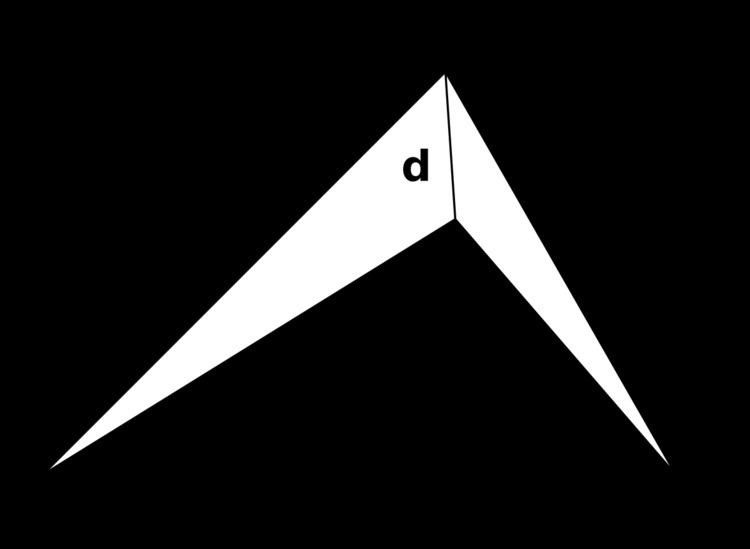 | ||
In recreational mathematics, an almost integer is any number that is very close to an integer. Almost integers are considered interesting when they arise in some context in which they are unexpected.
Contents
Almost integers relating to the golden ratio and Fibonacci numbers
Well-known examples of almost integers are high powers of the golden ratio
The fact that these powers approach integers is non-coincidental, which is trivially seen because the golden ratio is a Pisot–Vijayaraghavan number.
The ratios of Fibonacci or Lucas numbers can also make countless almost integers, for instance:
The above examples can be generalized by the following sequences, which generate near-integers approaching Lucas numbers with increasing precision:
As n increases, the number of consecutive nines or zeros beginning at the tenth place of a(n) approaches infinity.
Almost integers relating to e and π
Other occurrences of non-coincidental near-integers involve the three largest Heegner numbers:
where the non-coincidence can be better appreciated when expressed in the common simple form:
where
and the reason for the squares being due to certain Eisenstein series. The constant
Almost integers that involve the mathematical constants π and e have often puzzled mathematicians. An example is:
